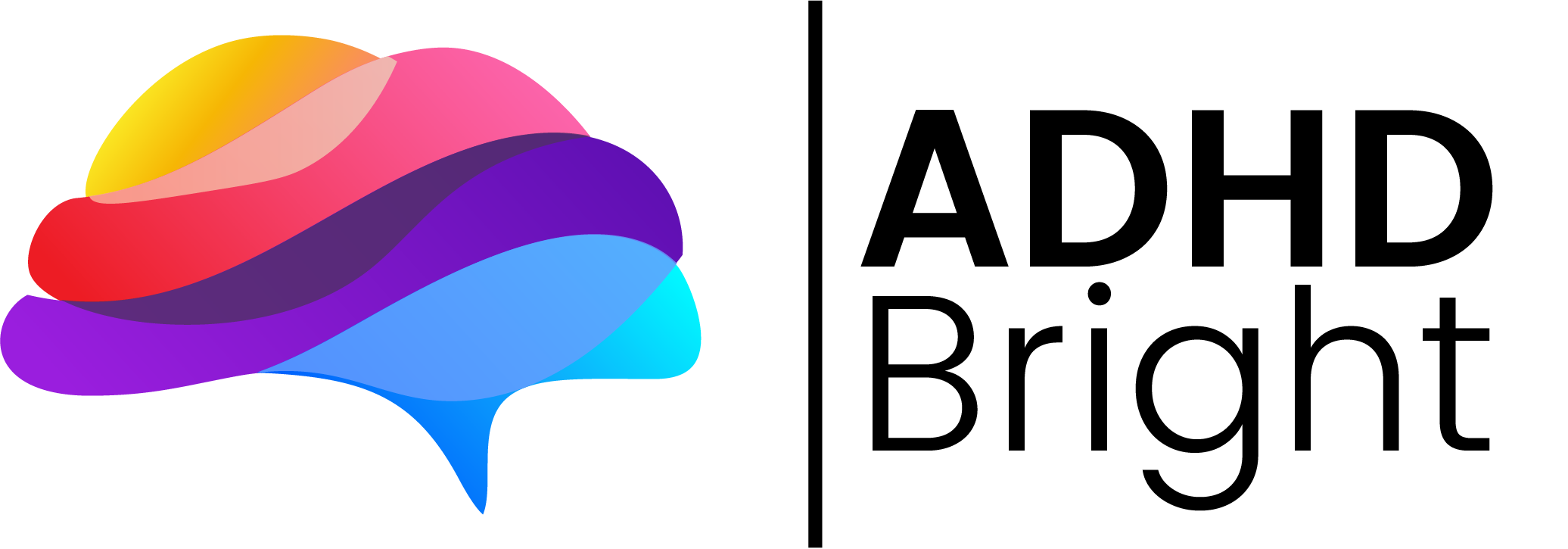Have you ever looked at your to-do list and instantly felt your body shut down? One glance at all the things you “should” do—and suddenly your brain goes blank. The laundry stays where it is, the email doesn’t get written, and somehow, another hour disappears.
This isn’t laziness. It’s task paralysis, one of the most common challenges for adults with ADHD.
Why ADHD Brains Freeze When Things Feel Unclear
When you have ADHD, vague or undefined tasks don’t just feel confusing—they feel impossible to start. Your brain craves clarity and structure, but instead, it gets hit with uncertainty.
“Clean the house,” “finish report,” or “sort finances” all seem reasonable… until your ADHD brain asks, “But where do I start?”
The problem lies in executive function, the mental system that helps you plan, prioritize, and take action. For people with ADHD, these systems often work inconsistently or under heavy cognitive load, especially when faced with tasks that lack detail.
According to ADDitude Magazine, vague goals overwhelm ADHDers because they don’t provide a clear entry point. The brain struggles to see the next actionable step, triggering anxiety and avoidance.
That uncertainty feels unsafe, so your nervous system does what it’s wired to do: freeze.
Struggling with this kind of freeze regularly? You might also relate to ADHD Procrastination: Why You Avoid Tasks and What to Do — it breaks down nine core reasons behind ADHD avoidance and how to work through each.
The Science Behind the Overwhelm
Here’s what’s happening under the surface:
- Working memory overload: Without specific steps, your brain has to juggle too many “what ifs” at once. That drains focus and energy before you even start.
- Decision fatigue: Every vague task forces your brain to decide what to do first, how to do it, when to start, and what counts as done. Too many decisions cause burnout before action.
- Emotional dysregulation: The mix of uncertainty and self-pressure activates anxiety circuits. You start avoiding the task—not because it’s hard, but because it feels unsafe to begin.
In short, lack of clarity creates cognitive chaos for ADHD brains.
Why Writing It Down Instantly Reduces Anxiety
There’s something almost magical about writing things down. The moment you put a task on paper, your brain moves it from abstract thought into concrete structure.
Writing breaks the mental loop of “I should remember this” and turns it into “Here’s what I’ll do next.” For ADHDers, that simple shift brings three major benefits:
- Clarity: You can see your thoughts outside of your head, reducing mental clutter.
- Certainty: The unknown becomes known—you’ve defined what needs doing.
- Relief: Once it’s on paper, your brain doesn’t need to hold everything at once.
It’s not about having the perfect list; it’s about creating external structure that compensates for the ADHD brain’s internal disorganization.
How to Turn Overwhelm Into Clarity: A Step-by-Step Reset
Try this process the next time your mind freezes in front of a mountain of tasks:
1. Do a Brain Dump
Write down everything that’s spinning in your mind. Big, small, personal, professional—everything. Don’t organize it yet. Just get it out of your head and onto paper.
This step reduces anxiety because your brain no longer has to hold every thought in working memory.
2. Break It Down
For each big task, ask:
- What’s the very first action I can take?
- What would “done” look like for me?
“Clean the house” becomes “Put dishes in dishwasher.” “Work on report” becomes “Open the document and reread notes.”
The smaller the step, the less resistance your brain feels.
3. Choose One Thing
Look at your list. Pick one task—any task—and commit to starting it.
Don’t think about what’s next. Don’t plan the whole day. Train your focus like a muscle.
Tell yourself: I’m just doing this one thing.
This approach retrains your ADHD brain to focus on a single thread instead of getting lost in the web.
4. Use Visual Structure
ADHD brains thrive on visuals. Use a planner, sticky notes, or a digital board where you can see tasks clearly.
This visual representation externalizes your thoughts and makes the abstract tangible. It gives you control over what once felt chaotic.
5. Build the Muscle of Starting
Each time you start despite resistance, you strengthen your “initiation muscle.”
Don’t aim for perfection—aim for motion. The ADHD brain often needs to move before motivation shows up.
The goal is not to finish everything but to start something.
If you often freeze even when your tasks are clear, you might be dealing with the task initiation challenge that many ADHD adults experience. Learn how to train your brain to start in The ADHD Brain and Task Initiation: Why Starting Is the Hardest Part (and How to Train It).
Why Clarity Heals ADHD Paralysis
When you define your tasks clearly, you give your ADHD brain the map it’s been missing. The uncertainty that once triggered overwhelm now becomes manageable information.
You’re not trying to force focus—you’re creating the conditions where focus naturally happens.
Writing tasks down, breaking them into steps, and choosing one thing to start with transform chaos into clarity. You’ll notice the difference immediately: your body relaxes, your thoughts settle, and the weight of “too much” becomes a series of small, doable actions.
The next time you feel that familiar freeze, pause and remember: you don’t need motivation—you need definition.
If you’re ready to apply these techniques inside a visual, ADHD-friendly workspace, explore the ADHD Bright Planner. It’s designed to turn overwhelm into clarity and help you plan with confidence.




